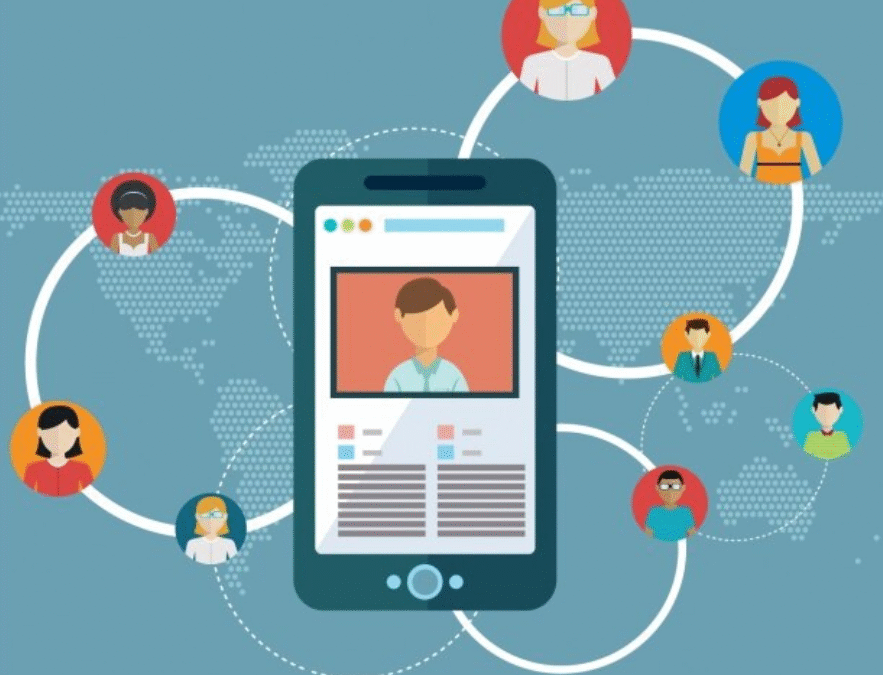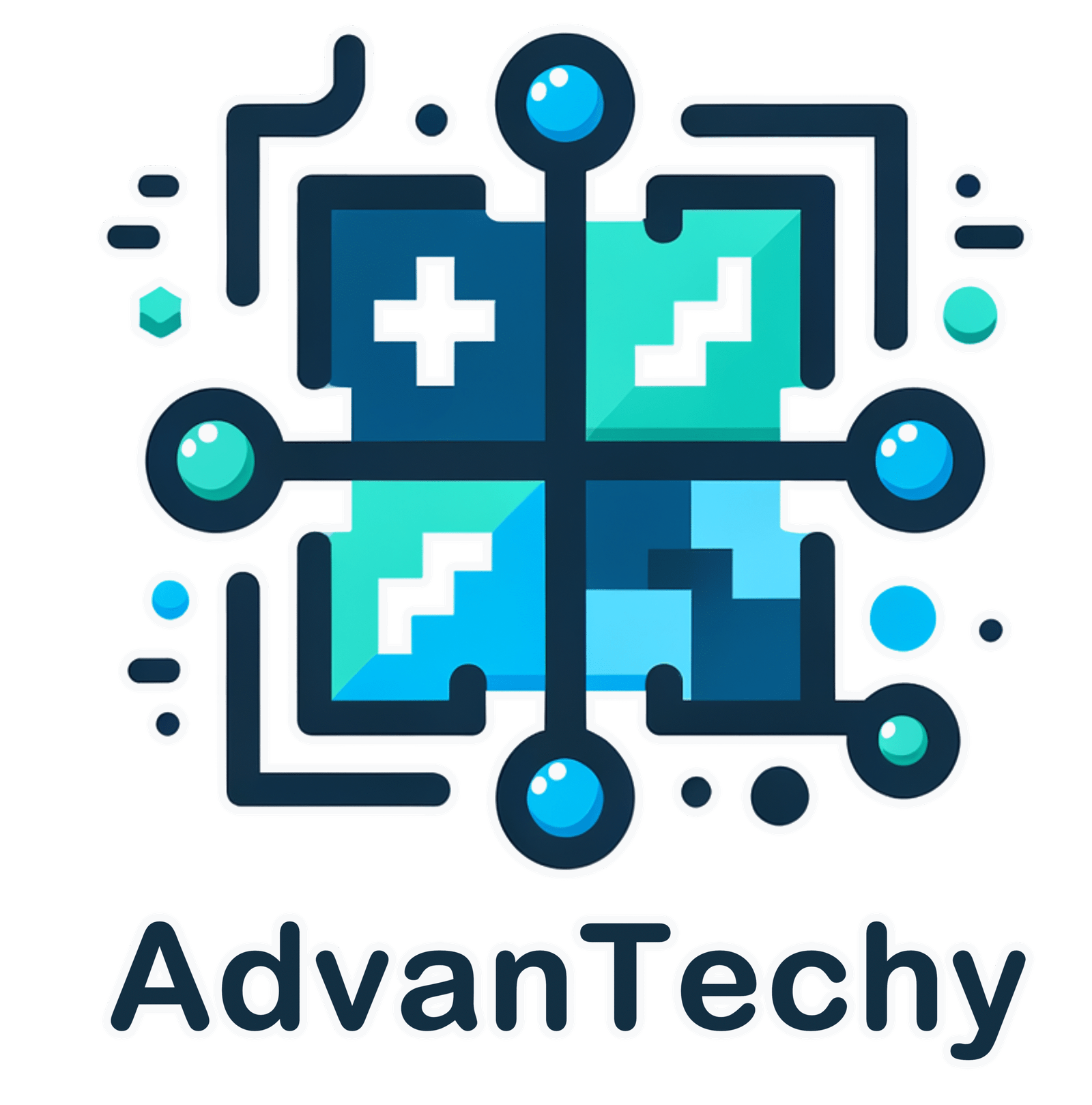In today’s digital-first world, teaching students how to use technology isn’t enough. They also need to know how to use it responsibly, safely, and ethically. That’s where digital citizenship comes in—a skillset just as important as reading and math.
As we head into the 2025–26 school year, now is the perfect time for educators to reflect on how digital citizenship is taught—and how to make it a natural part of daily instruction.
Here are the five key areas every student should understand and how you can begin integrating them into your classroom.
1. Online Privacy
Students are quick to sign up for apps, share personal info, and accept terms they never read. But every click matters.
Teach them to:
-
Think critically about what they share online
-
Adjust privacy settings on platforms
-
Understand what data is collected (and why)
📚 Tip: Use real-life examples from popular platforms to help students see the impact of oversharing.
2. Cyberbullying Awareness
Digital spaces can amplify both kindness and cruelty. Students need tools to recognize, report, and resist online bullying.
Include lessons on:
-
Identifying cyberbullying behavior
-
Supporting peers who are targets
-
Responding appropriately and reporting incidents
📚 Tip: Role-play common scenarios to build empathy and confidence in responding safely.
3. Media Literacy
With misinformation and AI-generated content on the rise, students must learn to question what they see online.
Help them practice:
-
Identifying trustworthy sources
-
Spotting fake news and manipulated media
-
Understanding the purpose behind digital content (ads, bias, etc.)
📚 Tip: Break down viral TikToks or headlines and discuss their credibility.
4. Safe Password Habits
Many students reuse simple passwords or share them with friends without understanding the risks.
Teach strategies like:
-
Using passphrases instead of basic words
-
Keeping passwords private—even from friends
-
Enabling two-factor authentication when available
📚 Tip: Make it a game—challenge students to create long, strong passwords using favorite characters or phrases.
5. Respecting Intellectual Property
In a copy-and-paste culture, it’s critical students understand what’s okay to share, remix, or reuse—and what’s not.
Cover topics like:
-
Citing sources properly
-
Understanding copyright and Creative Commons licenses
-
The value of original work
📚 Tip: Use student-created content (art, videos, essays) to explore what rights they hold over their own work.
Let AdvanTechy Help You Teach It Right
You don’t have to build a digital citizenship curriculum from scratch.
AdvanTechy offers:
-
Professional development sessions for teachers
-
Ready-to-use lesson templates aligned to ISTE standards
-
Ongoing tech support to implement tools safely and effectively
Whether you’re a classroom teacher, tech coordinator, or administrator, we’ll help you embed digital citizenship into every subject—making students safer and smarter digital citizens.
Contact us to schedule a free consultation or PD session for your staff.
Discover the AdvanTechy Difference
Whether you’re a non-profit organization or a K-12 school, we are here to support your technology needs and help you achieve your mission.


